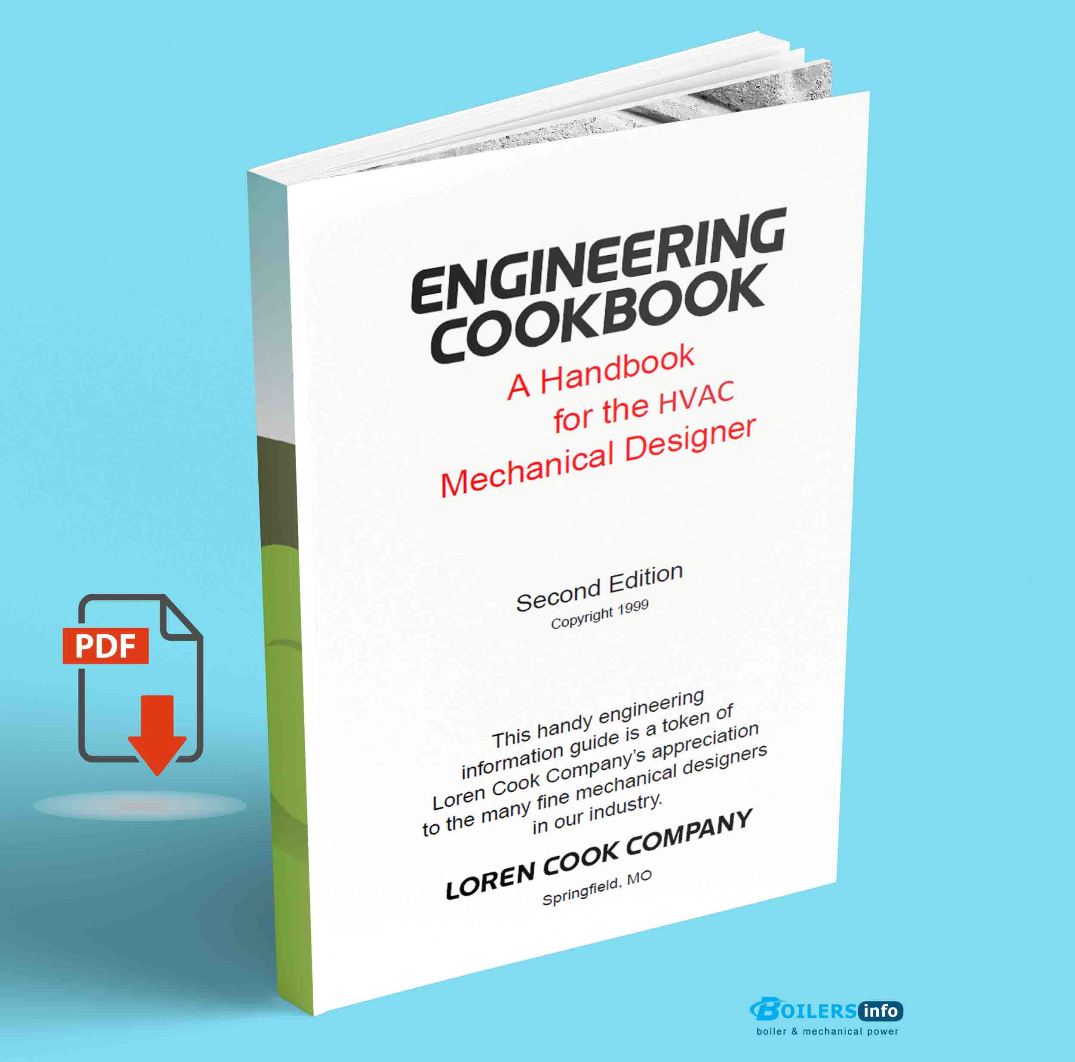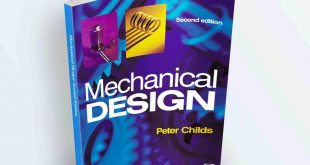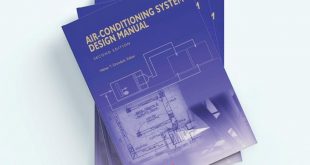Introduction
Heating, Ventilation, and Air Conditioning (HVAC) systems are the backbone of modern buildings, ensuring thermal comfort, indoor air quality, and energy efficiency. For HVAC mechanical designers, a deep understanding of engineering principles, system components, and regulatory requirements is crucial. This handbook serves as a comprehensive guide to help designers create efficient and sustainable HVAC systems.

Chapter 1: Fundamentals of HVAC Design
1.1 Principles of Heat Transfer
- Conduction, convection, and radiation
- Thermal insulation and its impact on energy efficiency
1.2 Psychrometrics
- Understanding air properties and psychrometric charts
- Humidity control and its significance in HVAC design
1.3 Load Calculations
- Heating and cooling load estimation
- Factors affecting load calculations
- Manual J and ASHRAE guidelines
Chapter 2: HVAC System Components
2.1 Air Handling Units (AHUs)
- Types of AHUs
- Selection criteria and design considerations
2.2 Ductwork Design
- Duct sizing methods: Equal friction, static regain
- Duct material selection and airflow optimization
2.3 Refrigeration Cycle
- Basics of refrigeration and heat pumps
- Types of refrigerants and their environmental impact
Chapter 3: HVAC System Types
3.1 Centralized vs. Decentralized Systems
- Advantages and disadvantages
- Application suitability
3.2 Variable Refrigerant Flow (VRF) Systems
- Working principle and benefits
- Design considerations
3.3 Chilled Water Systems
- Chillers, cooling towers, and distribution systems
- Pump selection and hydronic balancing
Chapter 4: Energy Efficiency and Sustainability
4.1 Building Energy Codes and Standards
- ASHRAE 90.1, IECC, and LEED requirements
- Energy audits and compliance measures
4.2 Renewable Energy Integration
- Solar cooling and geothermal systems
- Combined heat and power (CHP) applications
4.3 Smart HVAC Systems
- IoT-based controls and automation
- Demand-controlled ventilation and variable speed drives
Chapter 5: HVAC System Design Best Practices
5.1 Indoor Air Quality (IAQ)
- Ventilation requirements and air filtration
- Managing pollutants and improving occupant health
5.2 Noise and Vibration Control
- HVAC equipment noise sources
- Strategies for noise reduction in ductwork and mechanical rooms
5.3 Maintenance and Commissioning
- Importance of commissioning in HVAC projects
- Predictive and preventive maintenance strategies
Conclusion and Book
HVAC mechanical designers play a vital role in creating comfortable, energy-efficient, and sustainable built environments. By mastering the principles outlined in this handbook, designers can develop robust HVAC solutions that meet the demands of modern architecture while ensuring occupant well-being and environmental responsibility.
This handbook provides an essential reference for both new and experienced HVAC designers, helping them navigate the complexities of system design, energy efficiency, and best practices.
 Boilersinfo Boiler and Mechanical Power Digital Library
Boilersinfo Boiler and Mechanical Power Digital Library





